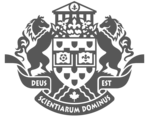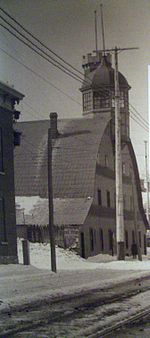Centre for Research on Educational and Community Services
Research institutes in CanadaUniversity of Ottawa
The Centre for Research on Educational and Community Services, or CRECS, is a research centre that collaborates with organizations in the education, social services and health sectors on research, evaluation, and training. Together, they work to improve social programs and policies for citizens, specifically those facing social exclusion. CRECS was founded in Ottawa, Ontario and continues to operate at the University of Ottawa.
Excerpt from the Wikipedia article Centre for Research on Educational and Community Services (License: CC BY-SA 3.0, Authors).Centre for Research on Educational and Community Services
Laurier Avenue East, (Old) Ottawa Sandy Hill
Geographical coordinates (GPS) Address Phone number Website Nearby Places Show on map
Geographical coordinates (GPS)
| Latitude | Longitude |
|---|---|
| N 45.421277777778 ° | E -75.682944444444 ° |
Address
University of Ottawa
Laurier Avenue East 75
K1N 6N5 (Old) Ottawa, Sandy Hill
Ontario, Canada
Open on Google Maps







